Southern Oregon Coast + Rogue River, Oregon
Southern Oregon Coast + Rogue River, Oregon
Southern Oregon Coast + Rogue River, Oregon
Southern Oregon Coast + Rogue River, Oregon
Southern Oregon Coast + Rogue River, Oregon
Southern Oregon Coast + Rogue River, Oregon
Southern Oregon Coast + Rogue River, Oregon
Oregon, Northern Oregon Coast

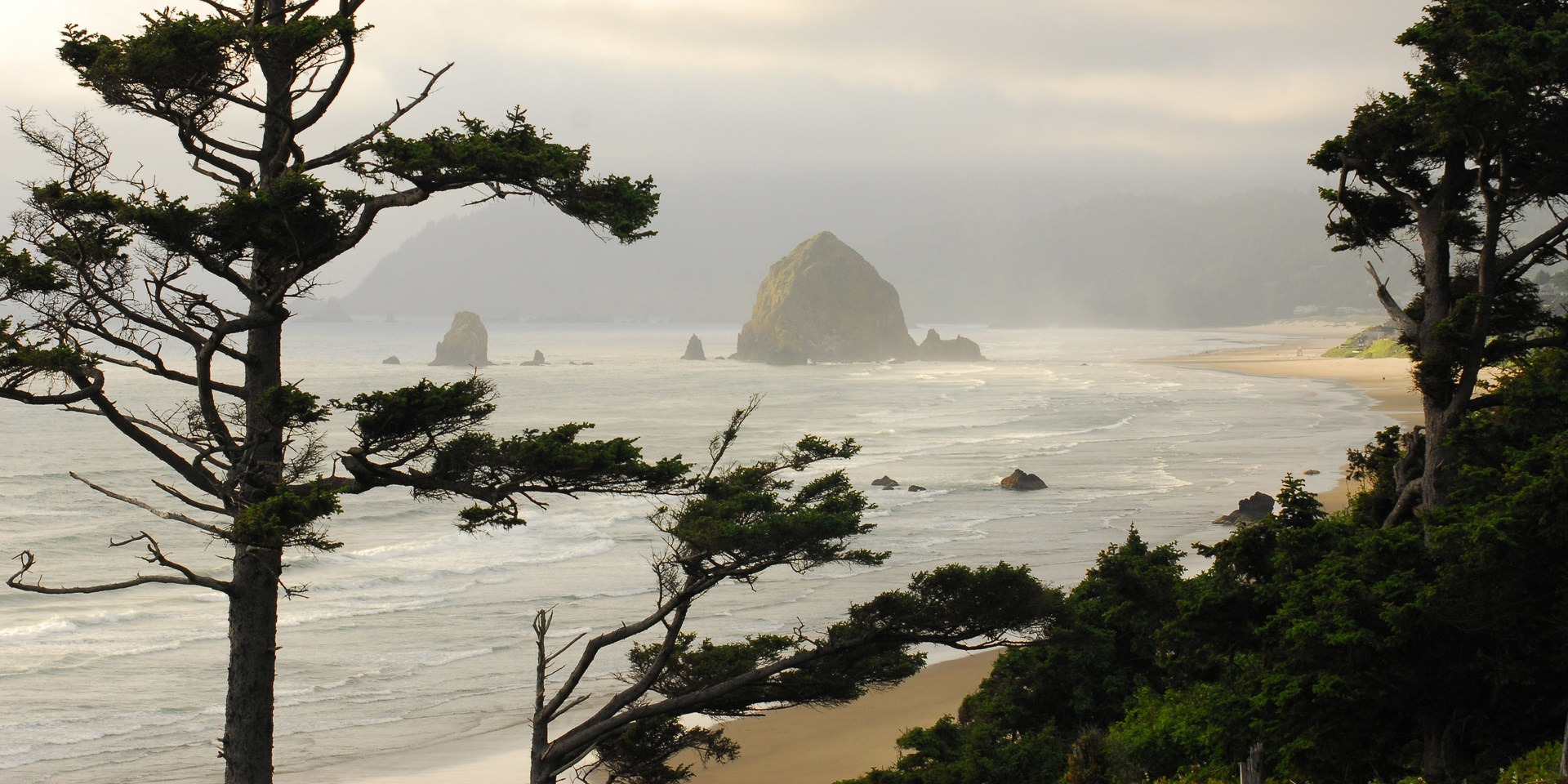

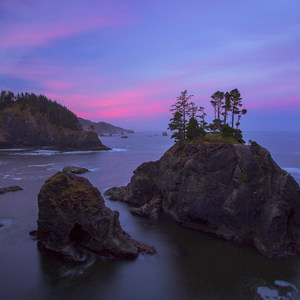
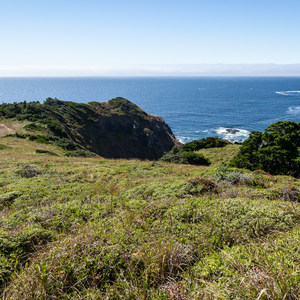
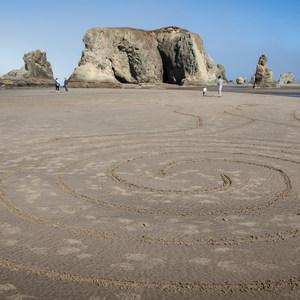
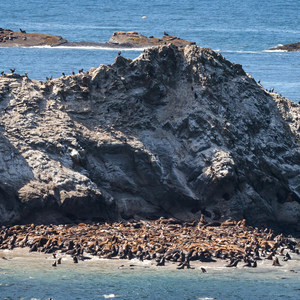
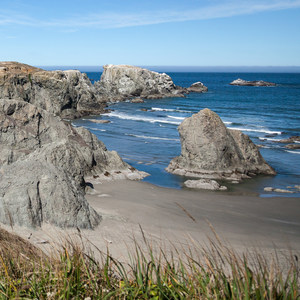
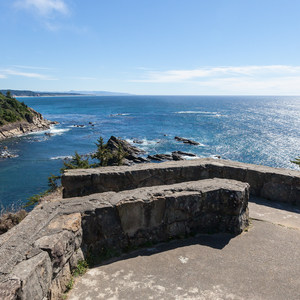

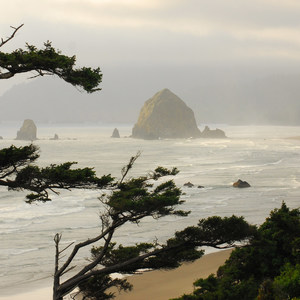
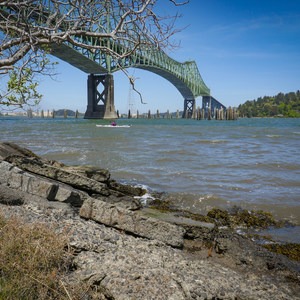

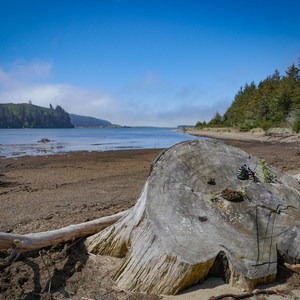
Comments
Sign In and share them.